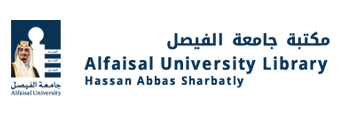Exploring advanced technologies for the future combat systems program / John Matsumura ... [et al.].
Publisher: Santa Monica, CA : RAND, 2002Description: xxvi, 79 pages : illustrations, maps (chiefly col.) ; 23 cmContent type:- text
- computer
- unmediated
- online resource
- volume
- 0833030264
- 0833033786 (electronic bk.)
- 9780833030269
- 9780833033789 (electronic bk.)
- U153 .E97 2002
- Also available on the internet via WWW in PDF format.
"Arroyo Center."
Includes bibliographical references (p. 77-79).
Introduction -- How Much Remote "Situational Understanding" Is Achievable in the 2015-2020 Time Frame? -- What Can Be Accomplished Using a Full Range of Joint Assets Without Close Combat? -- Does Adding Ground Maneuver, Possibly Close Combat, with the BCT Offer Advantages? -- What Are the Implications of Enhanced Air Insertion of the BCT, Such As by Vertical Envelopment -- Conclusions -- Noncombatant Casualties As a Result of Allied Engagements.
This report summarizes the research findings of a short-time-frame study conducted by RAND Arroyo Center to support the Army Science Board (ASB) Summer Study 2000, "Technical and Tactical Opportunities for Revolutionary Advances in Rapidly Deployable Joint Ground Forces in the 2015-2020 Era." The purpose of the RAND research was to explore a range of advanced technologies for potential contribution to the Future Combat Systems program. In the context of the ASB's fundamental purpose--to evaluate advanced technologies within new operational concepts for the future vision of the Army--this research focused on a small-scale contingency and the associated spectrum of challenges this type of scenario might entail. In conducting the study, the research team interacted with various members of the ASB and, in particular, with key members of the Operations panel, drawing extensively on their forward-looking ideas and ultimately integrating many of these ideas into the research. High-resolution combat modeling and simulation was used to assess the many key aspects of force performance, environmental effects, and system-of-system effects.
Also available on the internet via WWW in PDF format.


